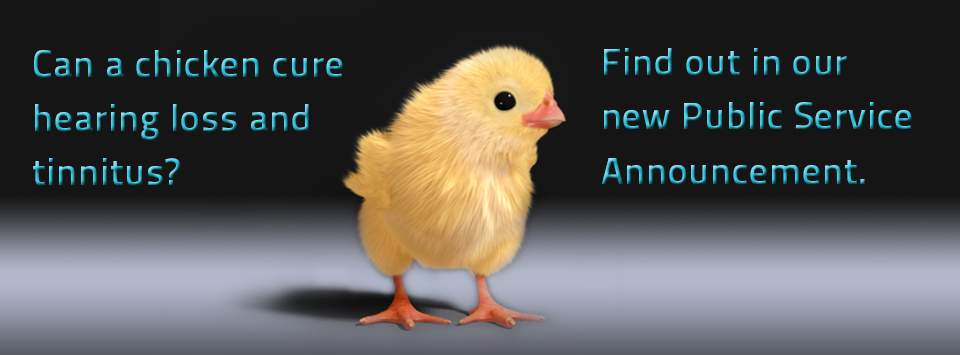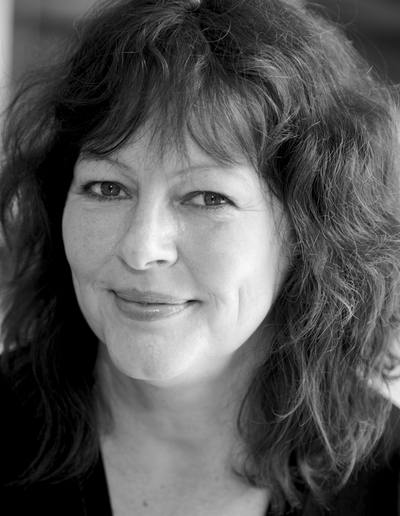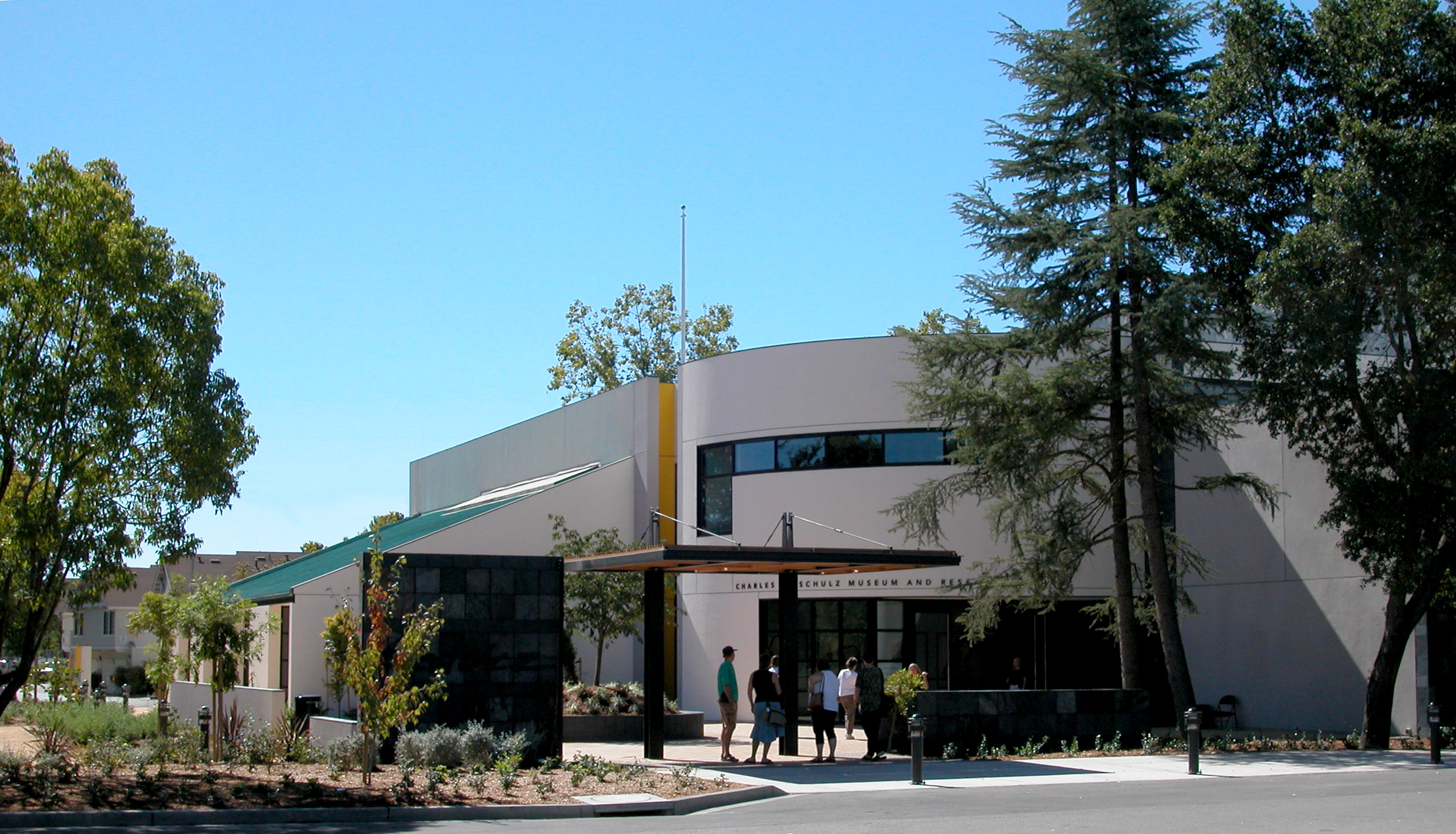
Hearing Health Foundation On Path to Finding Cure for Hearing Loss
As a mom, you want what’s best for your child. But imagine seeing your child suffer from hearing loss, with no cure in sight and unable to comfort them. For many moms this is a real life struggle. In fact, in the US, three out of every 1,000 children are born deaf or hard-of-hearing. My own father battled with hearing loss most of his adult life. He started going deaf in his early twenties until it progressed to almost 90% hearing loss in one ear and 95% in the other ear. He was fortunate to be able to get the cochulear earplant surgery but he was still not able to hear in large crowded rooms (such as at a restaurant) or at the theater. Even at my wedding he wasn’t able to hear the ceremony because the room was so large it echoed back and muffled our words. This left him feeling left out in many situations and not every person he came across handled his deafness with ease.

It was really tough on my dad to live with his hearing loss and that is one of the reasons I am happy to talk about the Hearing Health Foundation and the work they are doing to help find a cure for hearing loss. Shari Eberts, Chairmand and HHF Board of Directors, has suffered from hearing loss since her late twenties and has made it her mission to empower others to get a conversation going about hearing loss causes and research. Hearing loss and tinnitus, which is most commonly described by patients as a ringing in the ears, can be a sad and lonely way of life. But here’s a question for you: Do you think a chicken could hold a cure for hearing loss? The answer, incredibly, is YES! To highlight some exciting developments, HHF has launched a new public service announcement (PSA), “Chirp the News”, featuring a baby chicken who suffers from hearing loss who then goes on to live a happy, chirpy lifestyle!
You might be wondering what a chicken has to do with hearing loss. Chickens have an almost magical way of regenerating their inner ear cells to restore their own hearing. HHF’s researchers are putting this information to use by aiming to develop a biologic cure that will restore hearing in humans in the next 10 years. “As a person with hearing loss, I am thrilled by the prospect of a cure in my lifetime,” says Shari Eberts, Chairman, HHF Board of Directors. A mom of two and former Wall-Streeter in her forties, Shari has committed herself to supporting the search for a cure. I had a chance to speak to Shari Eberts about the work they are doing at Hearing Health Foundation and how far off we are to finding a cure for tinnitus and hearing loss.
 Image of Shari Eberts courtesy of the Hearing Health Foundation
Image of Shari Eberts courtesy of the Hearing Health Foundation
-
Tell us how you got involved with the Hearing Health Foundation.
As someone who lives with hearing loss everyday, I am personally thrilled with the prospects for a cure. Life with hearing loss can be frustrating. Sometimes you miss the joke when everyone else is laughing and sometimes you miss important information because you don’t hear it. Supportive family and friends can make living with hearing loss easier, but a genuine cure would be life changing. After having met and worked with our consortium scientists for these past two years, I am confident that we will have a cure in my lifetime. I am counting the days.
I first became involved with HHF in 2010, when I retired from Wall Street and was searching for a way to give back in the area of hearing loss. I have a genetic hearing loss, as did my father and grandmother, and I knew this was an area where I could make a difference. When I first heard about the Hearing Restoration Project, I was thrilled, and immediately wanted to be a part of it. I am in my third year as Chairman of the Board of Hearing Health Foundation and am even more excited about the prospects of a cure for hearing loss and tinnitus.
-
What are some misconceptions people might have about hearing loss and tinnitus?
People have many misconceptions about hearing loss. For example, some may think it is an isolated issue and that its effects are minimal, but the opposite is really the case. More than 50 million Americans suffer from hearing loss, including 1 in 5 teenagers and 60% of veterans returning from Iraq and Afghanistan. Tinnitus is also widespread, affecting 20% of Americans, with hearing loss occurs in 90% of those cases. Hearing loss is a huge social issue that has both economic and social consequences. For example, hearing loss can make it harder to obtain and maintain a job. It is also highly associated with serious medical problems like diabetes and dementia. In fact, studies show that those with even mild hearing loss are twice as likely to develop dementia. Hearing loss is a serious condition and probably affects someone you know.
Many people also underestimate the day to day impact that hearing loss can have in someone’s life. When you have hearing loss, it impacts your life almost every minute of every day. Whether it is trying to hear schedule announcements at the train station, watching TV, hearing the waiter discuss the specials at a restaurant, or talking with a shy child, having hearing loss makes everyday tasks more challenging. Socializing becomes less fun, particularly in settings with significant background noise. Movies and plays are harder to enjoy. Communication in general takes more effort and concentration than it does for those without hearing loss, and can sometimes be exhausting. Supportive family and friends are key, as is advocating for yourself. I have now begun to request quiet tables at restaurants and to remind friends to face me when they speak to me. Being vocal about your hearing loss can make a big difference in enhancing communication and improving the quality of your life.
-
What are some steps that the HHF are taking to help find a cure for hearing loss and tinnitus? Tell us how the discovery that chickens have the ability to regenerate their inner ear cells to restore their own hearing come about? And how do researchers hope this will help find a cure?
HRP officially launched in 2011 and is currently funding 5 projects from its consortium scientists, but the initial discovery that led to the HRP came many years before. Many types of hearing loss result from damage to the delicate hair cells of the inner ear. Humans can’t regrow these cells—but in a game-changing breakthrough in 1987, HHF-funded scientists discovered that birds can.
While studying how drugs that are known to cause hearing damage affect the tiny sensory cells in the ear, these scientists needed to permanently damage a chicken’s hair cells. For 10 days, research assistants administered a common antibiotic, known to cause hearing loss, to laboratory chickens. On day 11 many of the hair cells were lost and a few days later, even more were lost. Surprisingly, when the scientists looked three weeks later, almost all the hair cells had returned. They didn’t believe these results so they did the experiment again and again. Sure enough, chickens can naturally regenerate their inner ear hair cells, restoring their hearing after damage.
The amazing thing is that regeneration happens naturally and very robustly in almost all animals – mammals are the exception. This makes HHF and the researchers confident that we will find a way to stimulate this regeneration in mammals, including humans.
The HRP consortium of scientists has developed a strategic research plan to develop a cure for hearing loss and tinnitus in 10 years. This three-phase plan starts with discovery research and culminates in clinical trials. The plan, developed specifically by the HRP scientists and updated to incorporate new findings and approaches, is a living document meant to guide but not limit the work. Relevance to this strategic plan is one of the criteria for a project to receive HRP funding.
The HRP is currently in Phase I of its strategic research plan (years 1-5). This first phase focuses on searching for the genes or series of genes that trigger natural regeneration of hair cells in animals such as birds and zebrafish. This phase will also examine which genes in mammals prevent the natural regeneration of hair cells. Finally, Phase I will determine the types of cells in mammals’ ears that could serve as available targets for regeneration therapies.
Phase II (years 3-8) starts with the residual cells that remain in a mammal’s inner ear after hearing loss and uses the genes identified in Phase I to trigger hair cell regeneration.
In Phase III (years 8-10), the HRP Consortium will partner with a pharmaceutical or other company to develop drugs that mimic the identified genes, resulting in a regenerative therapy.
-
Any news you want to share with dandelion moms?
There are lots of ways for people to learn more about HHF and help support its research for the cure for hearing loss and tinnitus. Here are some ways to help support Hearing Health Foundation and the work they are doing to help find a cure for hearing loss! As part of our Project Kindness for the month of March – please share this post and here are some ideas to help support the cause:
- Visit our website, www.hhf.org to learn more
- Stay up to date on all the latest news by liking us on Facebook and following us on twitter
- Sign up for our informative monthly e-newsletter
- Subscribe to Hearing Health Magazine, our award-winning leading consumer publication on hearing loss. Get the latest on research breakthroughs, strategies to manage hearing loss, personal stories, hearing technologies and products, and features on seniors, pediatrics, veterans, musicians and more.
- Inspire others by sharing your personal story and draw comfort from the stories of others
- Create a fundraising event or giving page
- Make a tribute gift to honor a loved one with hearing loss or a favorite audiologist
- Support our work with a tax-deductible donation

“Chirp the News” PSA video:



